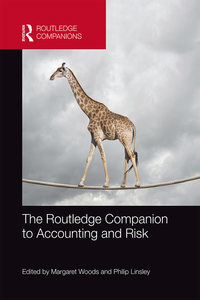QUESTION 1 Which of the following is included in the cost of a plant asset? A) amounts paid to make the asset ready for its intended use B) regular repair and maintenance costs C) replacement of damaged parts of the asset D) wages of workers who use the asset in normal operations A QUESTION 2 Masonry Construction Group paid $12.000 for a plant asset that had a market value of $14.500. At which of the following amounts should the plant asset be recorded! A) 514,500 OB) 56000 C) $12.000 D) $24,000 QUESTION 3 Which of the following is a characteristic of a plant asset, such as a building? A) It is used in the operations of a business. B) it is available for sale to customers in the ordinary course of business. C) It has a short useful life. D) It will have a negligible value at the end of its useful life. QUESTION 4 Which of the following statements is incorrect? A) The life cycle of a plant asset includes: acquisition, usage, and disposal. B) Depreciation is recorded on all plant assets. C) Plant assets not currently being used in business operations are classified as long-term investments. D) Plant assets are long-lived tangible assets used in the operations of a business. QUESTIONS An asset is considered to be obsolete A) only when it wears out B) only at the end of its useful life C) when it is fully depreciated D) when a newer asset can perform the job more efficiently than the old asset can QUESTION 6 Which of the following requires businesses to record depreciation? A) revenue recognition principle B) matching principle C) cost principle D) going concern principle QUESTION 7 The expected value of an asset at the end of its useful life is known as A) book value B) residual value C) carrying value OD) market value QUESTIONS Which of the following depreciation methods allocate a varying amount of depreciation to expense each year based on an asset's usage? A) the straight-line method B) the annuity method C) the units of production method D) the double-declining balance method QUESTION 9 Which of the following depreciation methods always allocates a higher amount of depreciation in earlier years than in later years? A) the units-of-production method B) the straight-line method C) the double-declining balance method D) the first in, first-out method









